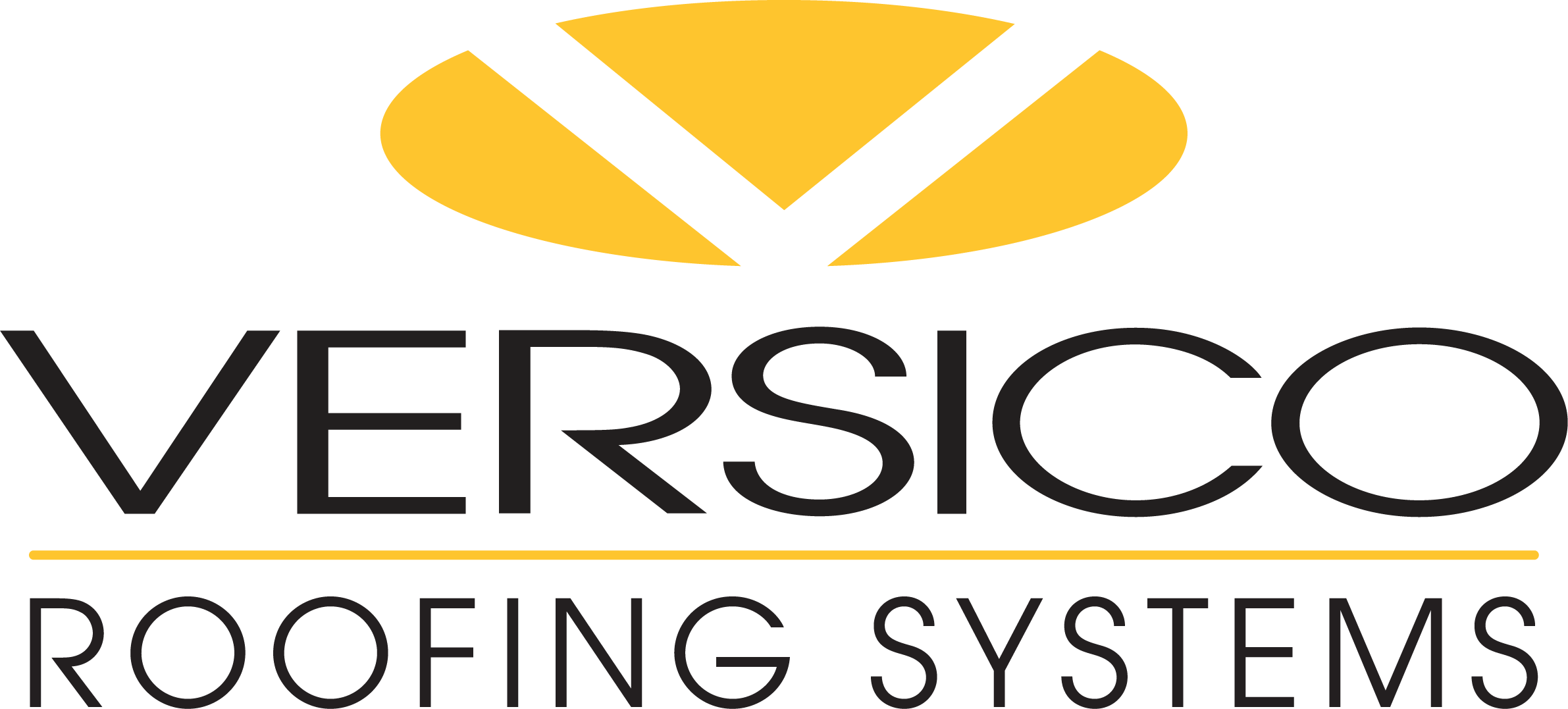TechNews: Don’t let winter weather put your project on ice
Every contractor knows wintertime installations can be extra challenging. When crews are working in cold temperatures, special storage and installation techniques are often required. Here are some tips for making sure your cold weather projects go as smoothly as possible. For complete cold weather information, check out each product’s Technical Data Bulletin.
Storage Tips
Low-VOC Adhesives and Primers and QA Accessories
Installation Tips
Low-VOC Bonding Adhesives
For more information about cold weather storage and installations, check out Versico’s Technical Data Bulletins.
Storage Tips
Low-VOC Adhesives and Primers and QA Accessories
- Store between 60°F-90°F. If stored below 60°F, restore to between 60°F-90°F before application. Visit powerblanket.com for more information on jobsite heating equipment.
- If adhesive is stored in below-freezing temperatures, it may solidify in the can. If this occurs, restore to room temperature for at least 24 hours before use.
- The exposure of water-based adhesives (HydroBond™, Aqua Base 120) to temperatures below 32°F will cause the adhesive to freeze, rendering the material unusable even when it has returned to room temperature.
- Keep your materials warm using hot boxes or heated blankets. Flexible DASH must be a minimum of 70°F for the material to flow and mix properly.
- Whether at a distributor’s shop or on the jobsite, always store the adhesive in a heated space with temperatures maintained between 70-90°F. The adhesive thickens, causing spray/pressure to weaken when tanks are below 70°F.
- Place the tanks on a pallet or piece of insulation to avoid contact with a cold steel or concrete deck that will act as a “heat sink.
- Do not store or heat tanks in areas where temperatures reach 120°F or higher.
- Always store the adhesive in heated spaces with temperatures maintained between 70-90°F. The adhesive will thicken, causing spray/pressure to weaken when cylinders are below 70°F.
- Place cylinders on a pallet or insulation to avoid contact with a cold steel or concrete deck.
- Do not store or heat cylinders where temperatures reach 110°F or higher.
- Insulation/underlayments must be kept dry and protected from the elements.
- Remove the factory packaging upon receipt and store insulation on a skid, completely covered with a breathable material such as tarp or canvas.
- If the insulation is lightweight, it should be weighted to prevent possible wind damage.
Installation Tips
Low-VOC Bonding Adhesives
- Stir thoroughly once per day until all settled polymers are dispersed and the adhesive is a uniform yellow color. During mixing, scrape the sides and bottom of the pail until the adhesive is a uniform yellow color with no dark streaks. Keeping the adhesive warm, as well as using an air-operated mixing paddle, will aid in the mixing process.
- Avoid puddles and globs and re-roll any wet areas to break the skin and allow solvents to flash off.
- Shaded roof areas take longer to flash off than sunny areas.
- Use the “tack test” to ensure that solvents have flashed off and the adhesive is still tacky.
- If the adhesive is not tacky, it has over-dried and must be re-applied at the published coverage rate.
- Install the membrane shortly after adhesive passes the tack test, then immediately broom or roll the membrane after setting the sheet.
- Water-based adhesives can only be used when the outside temperature is 40°F and rising. Do not use water-based adhesives if the ambient temperature is expected to drop below 32°F.
- Flexible DASH Dual Tank Adhesive can be installed in ambient temperatures down to 25°F. Plan your work day to allow spraying above these temperatures.
- CAV-GRIP 3V can be installed down to 25°F when bonding TPO or EPDM and 15°F when used as a primer; 35°F for CAV-GRIP PVC. Plan your work day to allow spraying above these temperatures.
- Dispense product from cylinder while it is still warm.
- When product in cylinder becomes too cold, it will begin to spit rather than spray. If this occurs, swap the cold cylinder for a warmer one and return the cold cylinder to a heated area.
- Allow membrane to relax for half an hour or longer. Allowing the membrane to relax will result in the roof’s surface having a smoother appearance.
- Test weld in the morning and then again after lunch when the temperature has likely increased.
- The speed of the automatic heat welder may need to be adjusted to produce proper seams.
- It is critical that EPDM membranes are allowed to relax for at least 30 minutes before installation.
- In cold temperatures, a heat gun must be used to warm QA flashings until warm to the touch prior to installation. This will make application much quicker and easier.
- Create a clean, dry surface by removing any frost or moisture from the metal edging and membrane.
- Use a hand welder at step-offs. This makes it easier for the product to conform to joints and step-offs.
For more information about cold weather storage and installations, check out Versico’s Technical Data Bulletins.
Up Next
June 30, 2022
Metal Roof Edges – What is the ES-1 Standard?
The topic of metal roof edges is one of high importance when it comes to the performance of a low-slope roof.
May 26, 2022
TechNews: Using Social Media to Promote Your Business
Creating and maintaining free social media accounts for your business may seem like a no-brainer, but it is important to consider the pros and cons before you commit.
May 12, 2022
ENERGY STAR Phaseout for Roofing
The U.S. Environmental Protection Agency (EPA) announced they are sunsetting the ENERGY STAR reflective roof program effective June 1, 2022, and as a result, all references to ENERGY STAR must cease by this date.
